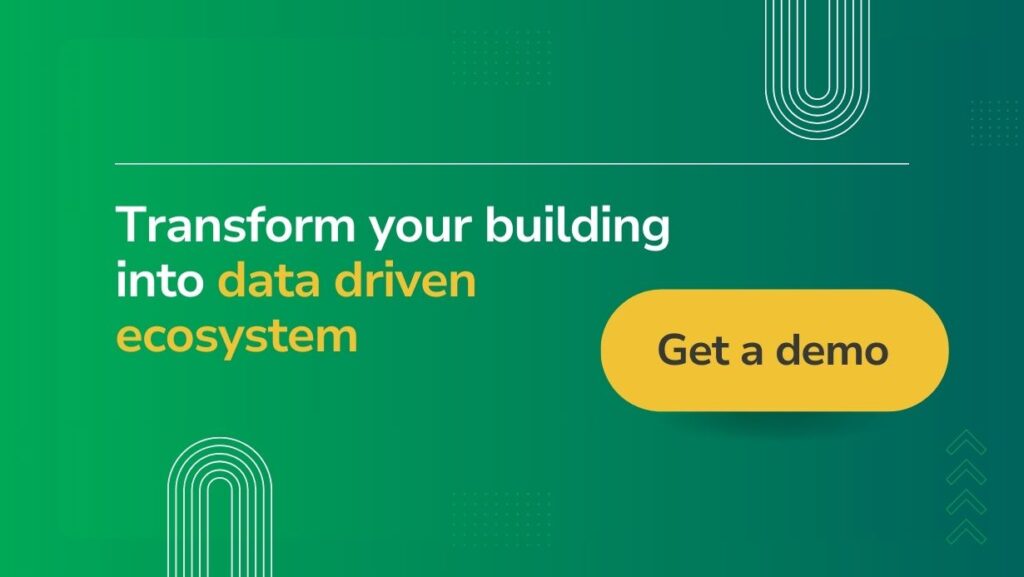Occupancy analytics is transforming how we manage modern buildings. These technologies, powered by IoT and AI, provide real-time data that enhance operational efficiency and enable smarter decision-making.
Advanced Technologies in Occupancy Analytics
Sensor Technologies: Modern buildings incorporate various sensors, such as motion, infrared, thermal, and advanced video processing, to monitor occupancy. For example, motion sensors can automatically adjust HVAC and lighting settings to conserve energy.
Data Integration and Analysis: AI algorithms combine and analyze data from these sensors, offering actionable insights. This helps building managers maximize space utilization, streamline operations, and boost overall efficiency.
Real-Time Monitoring Systems: These systems monitor occupancy levels across different parts of a building in real time. This allows for immediate adjustments, enhancing both comfort and efficiency.

Use Cases of IoT for Occupancy Solutions
Commerical Real Estate: In commercial real estate, smart occupancy analytics can greatly reduce operational costs. By ensuring spaces are used efficiently, real estate managers can lower expenses and increase profitability.
Retail: Retail managers utilize occupancy data to design store layouts that improve customer flow and enhance the shopping experience. Analyzing peak times and customer movements helps optimize the store layout, boosting sales and customer satisfaction.
Healthcare Facilities: Effective management of room and space utilization is crucial in healthcare settings, ensuring prompt care and optimal use of available space. This is especially important during emergencies to improve patient outcomes.
Educational Institutions: Educational facilities benefit from occupancy analytics by balancing classroom usage and creating optimal learning environments. Accurate data on room usage aids in effective planning and resource allocation for various educational activities.
Benefits of Occupancy Analytics
Cost Savings: Using occupancy analytics can significantly reduce operational costs by improving energy management and decreasing expenses for heating, cooling, and lighting unused spaces. This efficient use of resources supports better financial management.
Energy Efficiency: Smart occupancy management ensures energy is only used where and when it’s needed, promoting sustainability and lowering operational costs.
Operational Efficiency: Real-time data from occupancy analytics helps streamline operations, making maintenance, cleaning, and facility management more efficient. This targeted use of resources reduces waste and enhances service quality.
Enhanced Security: Advanced monitoring techniques recognize unusual or unauthorized occupancy patterns, enhancing security measures and ensuring building safety.

Challenges and Considerations
Privacy Concerns: With more data being collected, managing and protecting occupant privacy is crucial. Implementing strong data security measures and being transparent with occupants about how their data is used are essential steps.
Implementation Hurdles: Integrating new technology can be challenging, especially with existing infrastructure, budget constraints, and resistance to change. A smooth transition depends on comprehensive planning and training.
Conclusion
Occupancy analytics offer numerous benefits, from reducing costs to enhancing security. As buildings evolve to better meet user needs, adopting these advanced technologies becomes essential for modern property management. Property managers and businesses should consider incorporating occupancy analytics not only to reduce expenses but also to promote sustainable operations.
For more information on implementing smart occupancy analytics in your facilities or to discuss tailored solutions, contact Sensgreen today and take a step toward smarter, more efficient building management.



